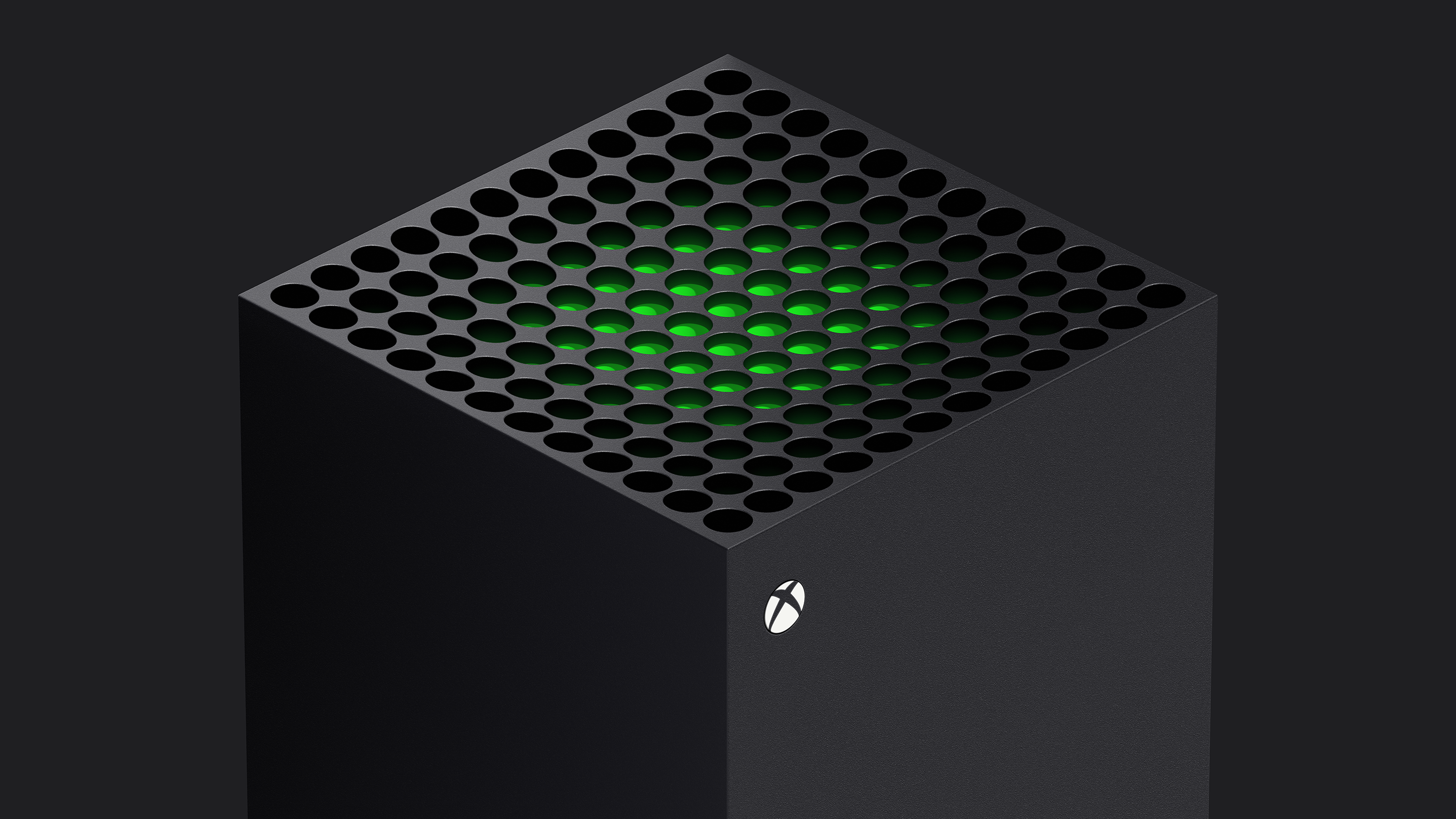Xbox Series X will be a 'dramatic step up' — and it has nothing to do with graphics

With past generations of games consoles, both the scale of games and improvements to graphics have been the big dividing lines. With the Xbox Series X, Xbox boss Phil Spencer says its all about frame rates and latency — but he argues this is still a 'dramatic step up.'
"I think we're at a point now — with immersion, with the tools we have and the compute capability — that the deltas will be smaller from a visual impact, or that feature X was never possible before and now it is,” Spencer explained at Gamelab Live, spotted by our sister site TechRadar.
- Xbox Series X: Release date, price, specs and news
- The best gaming PCs right now
- Just In: PS5 price leaks for both consoles — and it won’t be cheap
“And that might sound depressing to some, but what I would say is the advantage side of what I'm seeing now is really the immersive nature of the content that's getting created."
This is a similar position to that of Microsoft’s director of program management for Xbox Series X, Jason Ronald, who previously explained that improvements in frame rate will result in “power that you can feel.”
And it turns out that’s Spencer’s explanation, too. Higher framerates should lead to more immersion. "We're able to get to almost lifelike graphics today, even on current gen in certain instances," he continued.
"But when you take that and you mix it with a very high frame rate, solid frame rate, very little latency in input, and the ability for game storytellers to really push the emotion and the story they're trying to get through their game, through the screen, through the controller and into you? That is something I'm feeling in the games now that is a dramatic step up.”
Marketing hyperbole, or a real difference?
It’s telling that both Ronald and Spencer are discussing frame rate and latency as the big game changers this time around. In past generations, we’ve seen huge immediately obvious differences — the jump from SNES to N64, say, saw the arrival of 3D graphics, while the move from PS2 to PS3 saw the explosion of online gaming.
Get instant access to breaking news, the hottest reviews, great deals and helpful tips.
Here, Spencer and Ronald are talking about something much more subtle: frame rate and latency. It’s no wonder Spencer caveated this by saying “might sound depressing to some.”
Is frame rate that big a deal? Some PC gamers will tell you it certainly is, with some buying gaming monitors reaching 240Hz refresh rates just to ensure their framerate goes into triple figures. That won’t necessarily be matched by consoles, of course: the rarity of TVs over 60Hz means that many gamers will experience a cap at 60fps, even if the consoles are technically capable of outputting 120fps.
In the interview linked to above, Ronald discusses how the power available here could lead to “entire new classes of games” which feels a bit like hyperbole to me. After all, PCs have had this kind of power available for years, and the games available are largely the same as the ones on console.
The difference, of course, is the market size. Only a brave company is going to make a whole new game experience that’s only playable by the comparatively small market of gamers with access to $1,000+ gaming PCs. Making this kind of power mainstream with the PS5 and Xbox Series X could make all the difference, unlocking new kinds of games for everyone.
We’ll just have to wait and see how the gaming landscape looks in a couple of years time to know whether Ronald was being prescient, or merely engaging in marketing hyperbole.
Freelance contributor Alan has been writing about tech for over a decade, covering phones, drones and everything in between. Previously Deputy Editor of tech site Alphr, his words are found all over the web and in the occasional magazine too. When not weighing up the pros and cons of the latest smartwatch, you'll probably find him tackling his ever-growing games backlog. He also handles all the Wordle coverage on Tom's Guide and has been playing the addictive NYT game for the last several years in an effort to keep his streak forever intact.

